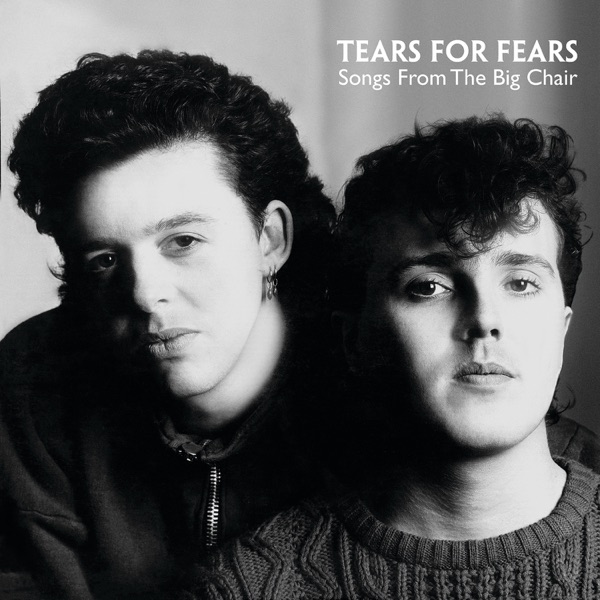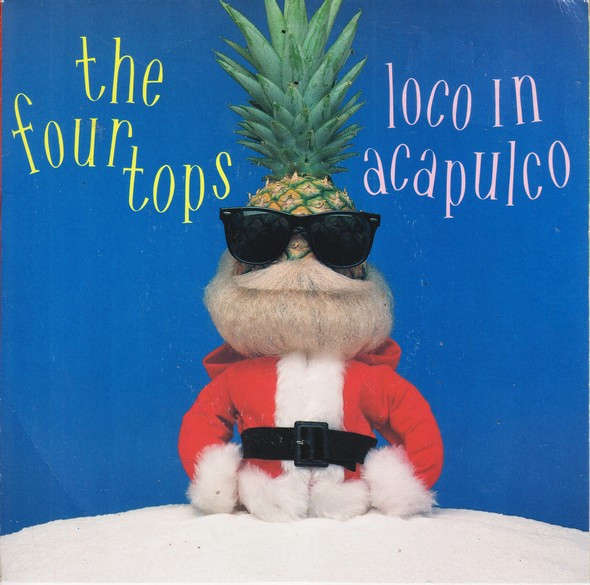
Search
Dire Straits

Picture credit: Wikmedia Commons
Do you agree? Scroll down to tell us!
Strings and Storytelling: The Five Best Songs by Dire Straits
In the age of synthesizers and big hair, Dire Straits stood apart. With Mark Knopfler’s fingerpicked guitar wizardry and a literary flair for songwriting, they carved out a singular space in rock history—unfashionably subtle, fiercely articulate, and surprisingly enduring. Their music never shouted; it whispered, grooved, and spoke in quiet truths.
Formed in 1977 at the tail end of punk’s rebellion and just before the explosion of new wave, Dire Straits bridged the gap between classic rock’s heart and modern production’s sheen. While they were never the flashiest band, their sound—rooted in blues, folk, and jazz—was unmistakably their own.
Here are five songs that represent the very best of Dire Straits: not just hits, but defining moments in the band’s evolution and enduring influence.
1. “Sultans of Swing” (1978)
The song that started it all. “Sultans of Swing” was Dire Straits’ introduction to the world—and what an introduction it was. Knopfler’s guitar tone alone was a revelation: clean, articulate, fluid. But it’s the lyrical imagery—of jazzmen in a London pub playing to a mostly indifferent crowd—that sets it apart. This song isn’t just a showcase of musical chops; it’s a snapshot of artistry in obscurity. Its enduring popularity proves that authenticity, even in the smallest stories, can cut through the noise.
2. “Brothers in Arms” (1985)
A haunting ballad of war and brotherhood, “Brothers in Arms” is arguably Dire Straits’ most emotionally profound song. Released during the Cold War and popularized during the Falklands conflict, the song’s solemn tone and cinematic sweep make it more elegy than anthem. Knopfler’s mournful guitar solos speak as loudly as his lyrics. This isn’t protest music—it’s reflection music, the kind that lingers long after the final note. With this track, Dire Straits proved that less can indeed be more.
3. “Romeo and Juliet” (1980)
This is storytelling in song at its most poignant. With a resonator guitar intro that feels both romantic and melancholic, “Romeo and Juliet” reimagines Shakespeare’s lovers in modern terms—failed promises, fading fame, and love that didn’t survive reality. Knopfler’s vocal is conversational, confessional, raw. There’s nothing ornate about the production, yet every line feels delicately sculpted. It’s not a love song; it’s a post-love song—and that’s what gives it its aching beauty.
4. “Tunnel of Love” (1980)
Epic in both length and emotion, “Tunnel of Love” is perhaps Dire Straits’ most ambitious piece. It opens with a nod to Rodgers and Hammerstein’s Carousel, then rolls into a sweeping, bittersweet journey through youth, romance, and memory. Clocking in at over eight minutes, the song shifts effortlessly from nostalgic softness to soaring solos, with Knopfler’s guitar becoming the voice of everything left unsaid. It’s a masterclass in dynamic songwriting and proof that Dire Straits could do grandeur without losing intimacy.
5. “Money for Nothing” (1985)
A thunderclap of a song, “Money for Nothing” is as much about the culture of fame as it is a pop-rock juggernaut. With its iconic guitar riff—one of the most recognizable in rock history—and its cheeky, controversial lyrics (voiced from the perspective of a working-class observer), the song captured the MTV era’s contradictions perfectly. Featuring guest vocals from Sting and a groundbreaking music video, “Money for Nothing” became both a chart-topping hit and a satirical snapshot of 1980s excess. It may be misunderstood, but it’s never forgotten.
Final Thoughts
Dire Straits weren’t about spectacle. They didn’t need pyrotechnics or outrageous personas to make their mark. What they offered instead was rare: craftsmanship, subtlety, and soul. Their songs captured quiet truths, wrapped in unforgettable melodies and phrased with literary finesse.
These five tracks are just the surface of what Knopfler and company created, but they each offer a window into a band that understood the power of restraint—and how sometimes, the softest voices leave the loudest echoes.
Do you agree? Tell us!
MORE WEALD RADIO ARTISTS - VOTE NOW!
Recently Played
-

Shout
Tears For Fears -

Loco In Acapulco
The Four Tops -

Maybe I'm Amazed
Paul Mccartney -

Lola's Theme
The Shapeshifters
